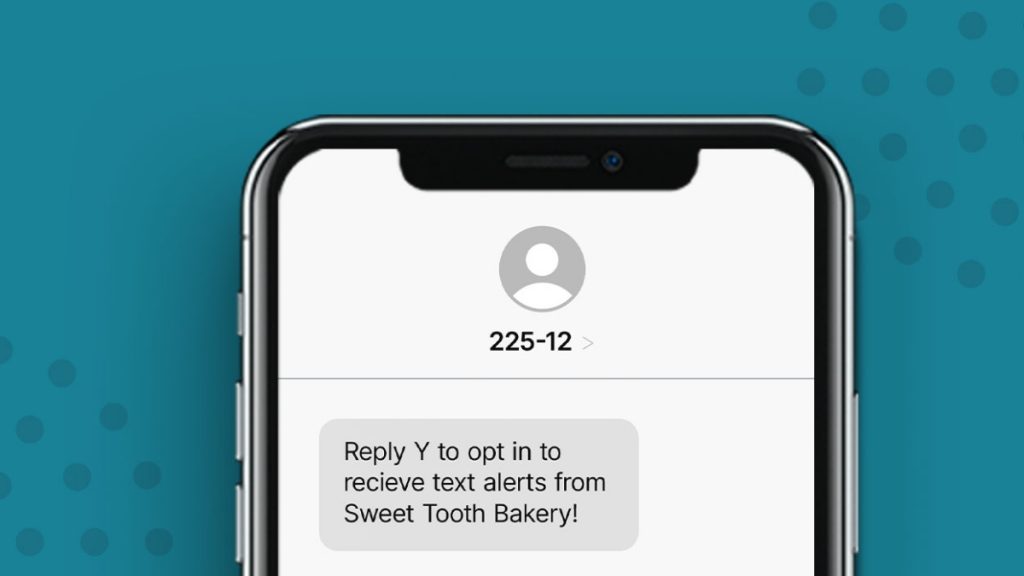If your business doesn’t already use text messaging to keep in touch with customers and reach out to prospects, you’re missing out. Multiple surveys have shown that SMS (Short Message Service, the official name for text messaging) is consumers’ preferred channel for interacting with businesses.
If you’ve ever gotten a text message from a company (and who hasn’t?) you probably didn’t pay a lot of attention to the source number. It might have a normal 10-digit number (in industry parlance a long code, or 10DLC (10-digit long code)), or it might have been only half that size — a short code.
Short codes are five- or six-digit telephone numbers designed for high-throughput, two-way application-to-person (A2P) communications. Businesses use short codes for a variety of transactional applications across different industries.
- Retailers and food delivery services use them to notify customers about delivery status.
- Travel businesses like hotels and airlines use them to remind customers of upcoming reservations or alert them to itinerary changes.
- Security-conscious companies use short codes to provide one-time passwords (OTP) to support two-factor authentication (2FA).
And the list goes on. Organizations from public school systems to political parties can use short codes to get their automated messages out.
A2P Alternatives
Mind you, short codes aren’t the only option for sending text messages at scale. In fact short codes are more heavily regulated than long codes or toll-free numbers, and cost more for a monthly lease, and it takes longer to get approval for a new short code. If you’re sending a low-volume promotional campaign — less than 10 messages per second — it’s more cost-effective to use other number types. But for high volumes and high message-per-second rates, nothing beats short codes.
This table summarizes the pros and cons of the different number types for sending A2P messages.
| Type | Send Rates | Advantages | Disadvantages |
| 10DLC long codes | Up to 75 messages per second per campaign | Lowest cost per message Immediate provisioning | Requires brand and campaign registration |
| Toll-free SMS | Up to 75 messages per second | Less expensive than short codes | Only available in the US and Canada Use case requires approval |
| Short codes | Up to 400 messages per second | Good for high volumes | Expensive monthly lease Setup time 6–8 weeks |
Requirements for Short Code Approval
To get started with short codes, you have to submit a lengthy application that discloses who you are and how you’ll use the number. The CTIA trade association reviews the application to ensure that the company’s plans meet the association’s requirements. Once the CTIA and the Common Short Code Administration (CSCA) preapprove a short code for sending promotional messages, messages sent via that number won’t be blocked at the carrier level as spam.
To gain approval, a short code program must have:
- A clear call to action that describes what information customers will get if they sign up, to ensure that end users can recognize promotional and transactional messages.
- An acceptable opt-in method for getting express written consent from end users that shows they’re willing to receive promotional messages.
- A template of the content you plan to send and one of the three approved message flows:
- One-time messages, triggered when a recipient sends in a keyword.
- Recurring messages, along with opt-out instructions sent in the first communication.
- Two-factor authentication, used to verify someone’s identity with a third-party service.
- Terms and conditions for the messaging program on a web-accessible page.
Get Started with Short Codes Today
That’s a taste of what you need to know to get started with short code messaging. You can work with your carrier, or better yet a communications platform as a service (CPaaS), to stay on top of short code requirements. A cloud communications platform provides both the industry expertise you need to achieve superior message deliverability and a high-quality carrier network to get your messages where you want them to go.
If you’re ready to get started, we suggest looking at Plivo, one of the top cloud communications platforms. They can help you get started with text messaging using short codes, or help you scale your messaging campaigns up to thousands of messages per minute.

